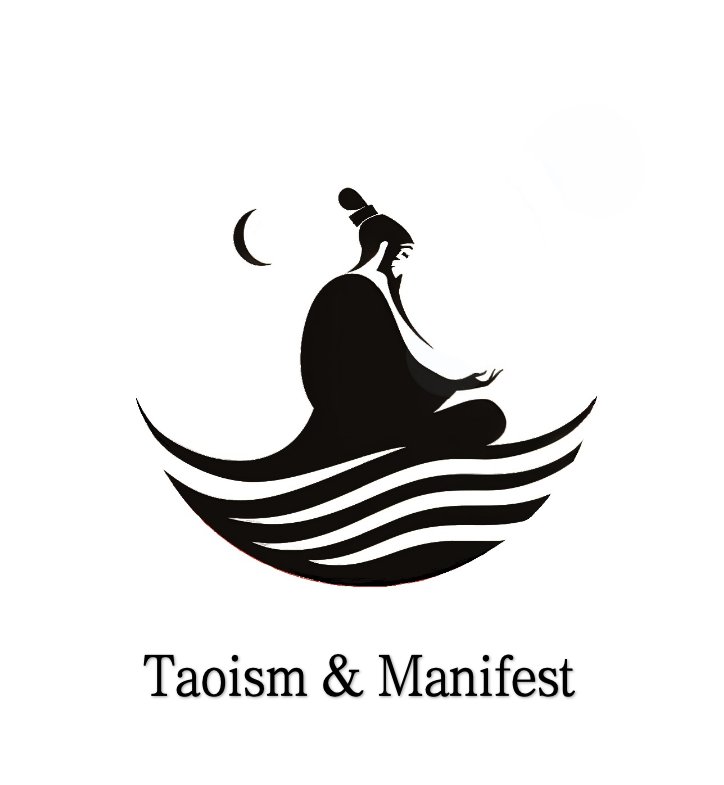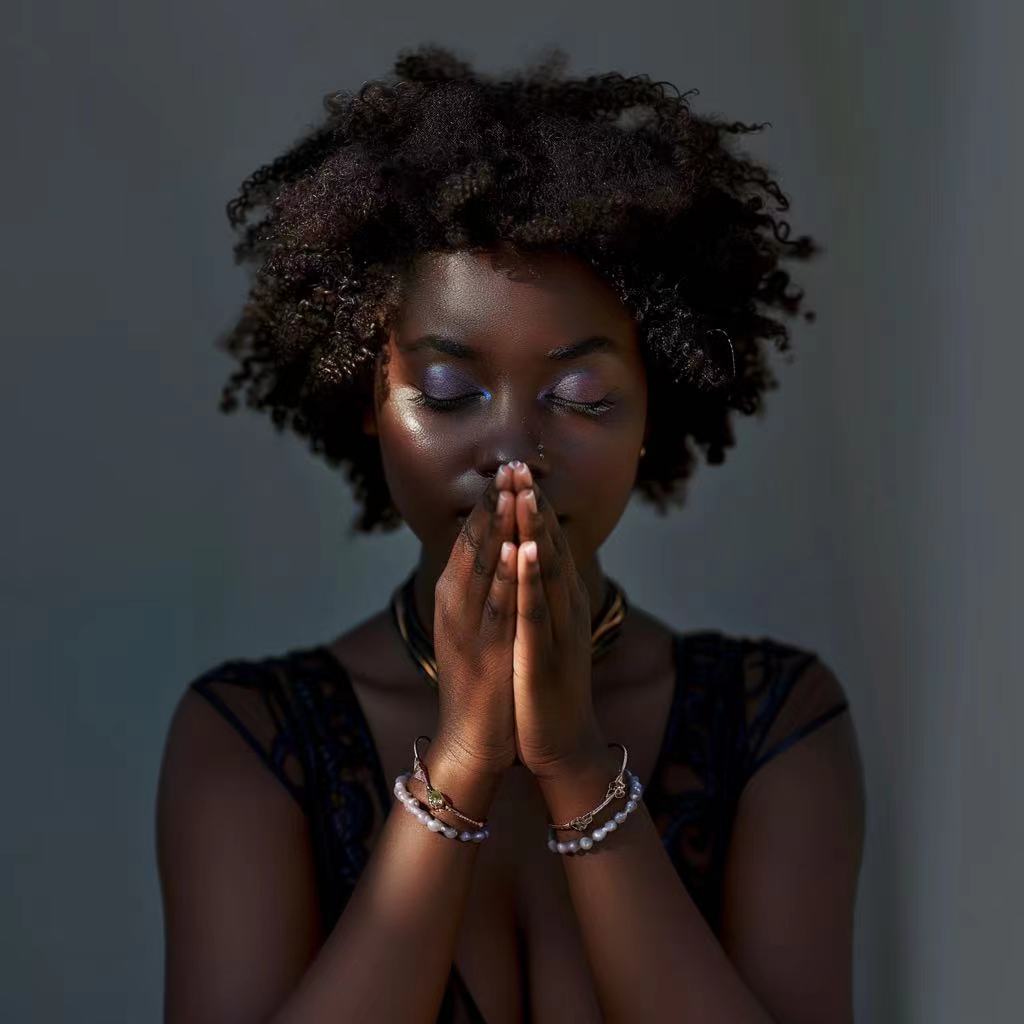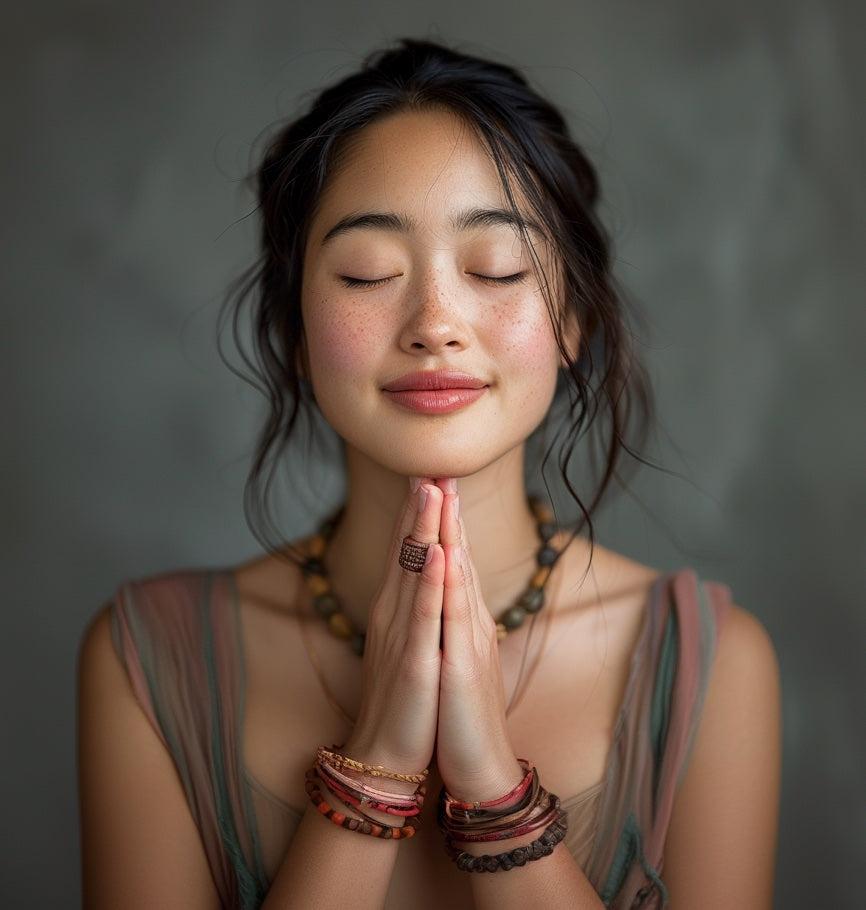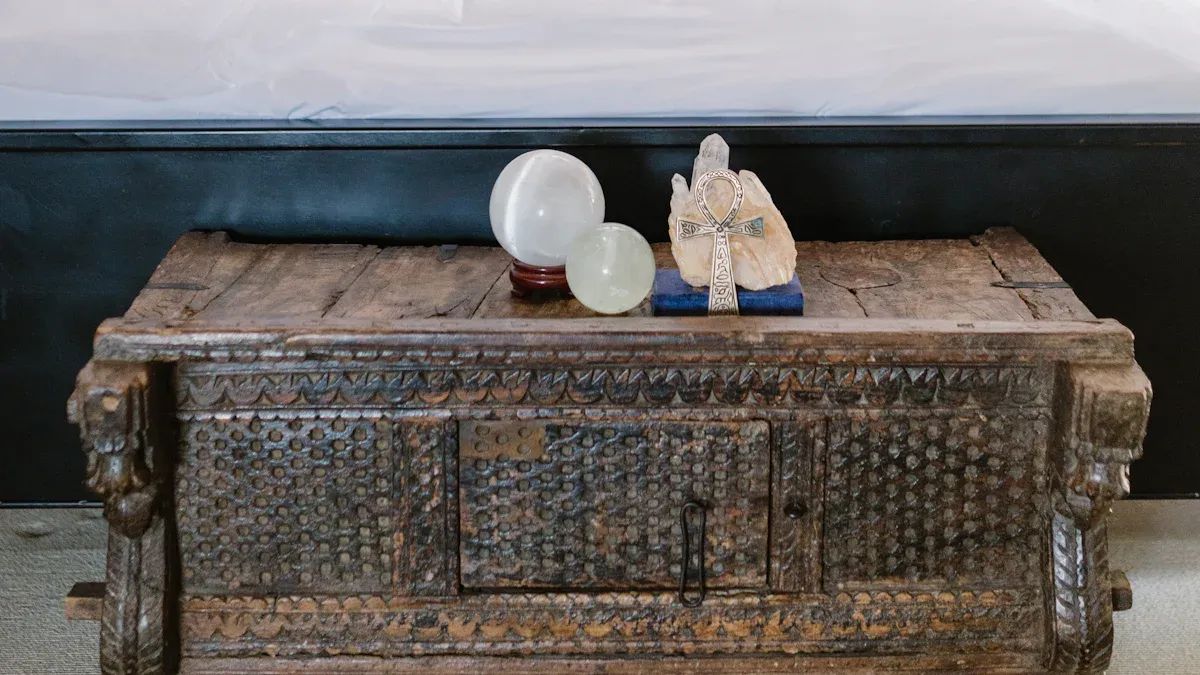
Ready to bring harmony into your home? Start by choosing feng shui colors that match your goals and boost your mood. Each color connects to one of the five elements—wood, fire, earth, metal, and water. The Bagua map helps you place colors for the best energy flow. Think about what you want from each room and use a feng shui color guide to make smart choices. The feng shui of colors makes your space feel balanced and inviting.
Key Takeaways
Use feng shui colors that match the five elements. These are wood, fire, earth, metal, and water. (To understand how each color influences the energy of a space according to the five elements, see relevant article: What Are the Five Elements in Feng Shui and What Do They Mean)This helps make balance in your rooms. It also helps you reach your goals in each space.
Use the Bagua map to put colors in the right places. Match colors to your life goals. Focus on a few main areas for the best energy flow.
Pick colors that fit what each room is for. Use calm colors in bedrooms. Use bright colors in living rooms. Use clear and warm colors in kitchens.
Mix colors from different elements in your home. Add small color accents to keep things balanced. This brings good energy but does not make rooms feel too busy.
Do not use too much of one color. Do not just follow color trends. Choose colors that feel good to you. Make sure they help each room do its job.
Feng Shui Colors and the Five Elements
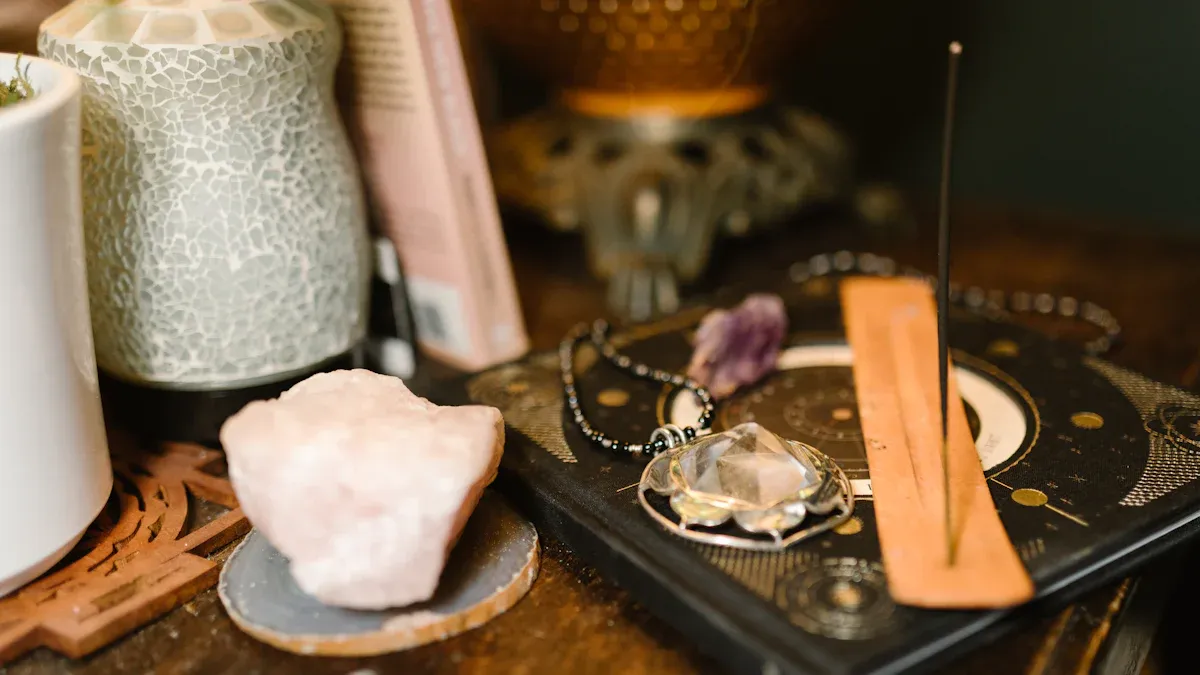
Feng shui colors help you bring balance and good energy into your home. Health Each color connects to one of the five elements. These elements—wood, fire, earth, metal, and water—each have their own qualities and energies. You can use the right feng shui colors to support your goals and create the mood you want in every room.
Here’s a quick guide to the five elements and their associated colours:
Element |
Associated Colors |
|---|---|
Wood |
Green, apple green, emerald, teal, mid-tone blue |
Fire |
Red, carmine red, fuchsia, purple, orange |
Earth |
Yellow, ocher, amber, chocolate, beige, sandy tones |
Metal |
White, silver, gold, bronze, gray |
Water |
Blue, navy blue, black, aquamarine |
Wood Element Colors
You’ll find that green is the main color for the wood element. Green stands for growth, creativity, and new beginnings. Mid-tone blues and teals also belong to wood. These shades feel soothing, like a walk in the park. When you use these feng shui colors, you invite healing and creative energy into your space. Try green or teal in rooms where you want to relax or spark new ideas.
Fire Element Colors
Fire brings energy and passion. The best feng shui colors for fire are red, orange, and purple. Red stands out as the top choice for boosting vitality and motivation. Orange adds joy and creativity. Purple brings a sense of luxury and inspiration. Use these colours in places where you want to feel lively, like the living room or a creative corner. Fire element colors can help you feel more confident and excited.
Earth Element Colors
Earth element feng shui colors include yellow, ocher, amber, chocolate, beige, and sandy tones. Light yellow and beige make a room feel stable and safe. These colours help you feel grounded and calm. Earth tones work well in bedrooms or family spaces where you want to create a peaceful, nurturing vibe.
Metal Element Colors
White and gray are the top feng shui colors for the metal element. White stands for clarity and fresh starts. Gray brings balance and connection. These colours help you focus and think clearly. Try them in your home office or entryway for a clean, organized look. Metallic shades like silver and gold add a touch of elegance and strength.
Water Element Colors
Water element feng shui colors include blue, navy, black, and aquamarine. Blue brings calm and helps you relax. Black adds depth and a sense of mystery. These colours work best in bedrooms or living rooms where you want to unwind. Water element colors also support wisdom and smooth energy flow, making your home feel peaceful.
Tip: Mix and match these feng shui colors to create harmony and balance. Let your goals for each room guide your choices.
Feng Shui of Colors and the Bagua Map
Bagua Map Basics
The Bagua map is a simple tool that helps you unlock the power of the feng shui of colors in your home. (For practical tips on applying the Bagua map to optimize the flow of energy in your home, see relevant article: 3 Feng Shui Mapping Tips for Bagua Map Success in 2025 )You start by getting a floor plan of your house or room. Stand at your front door and face inside. Place a three-by-three grid over your floor plan, making sure the bottom row lines up with the wall that has your front door. Each square on the grid matches a life area, like wealth, health, or relationships. These areas connect to different elements and colors. For example, the back left square is the Wealth area, linked to the wood element and green shades. The center front square is the Career area, which uses water element colors like blue and black.
Here’s a quick way to set up your Bagua map:
Draw or print your floor plan.
Rotate it so the front door wall is at the bottom.
Overlay a three-by-three grid.
Mark each Bagua area and its matching color and element.
Pick up to three areas to focus on, so you don’t spread your energy too thin.
Tip: The feng shui of colors works best when you activate only a few Bagua areas at a time.
Color Placement Tips
You can use the feng shui of colors to boost energy in each Bagua area. Start at your front door. Place colors like black, blue, and gray near the entrance to support your career and life path. Keep your front door clean and bright to welcome good Qi. For the Wealth area, add green or teal and healthy plants. In the Fame area, use red, orange, or purple to spark recognition and confidence. If you want to improve relationships, earth tones like beige and yellow work well in the Love area.
Follow these steps for easy color placement:
Clear clutter so Qi flows smoothly.
Lay the Bagua map over your floor plan.
Choose the Bagua areas that match your goals.
Add the right colors and elements to each area.
Use a feng shui color wheel or guide to keep everything balanced.
Note: The feng shui of colors is all about intention. Pick colors that feel right for you and match your dreams for each space.
Choosing Colors for Each Room
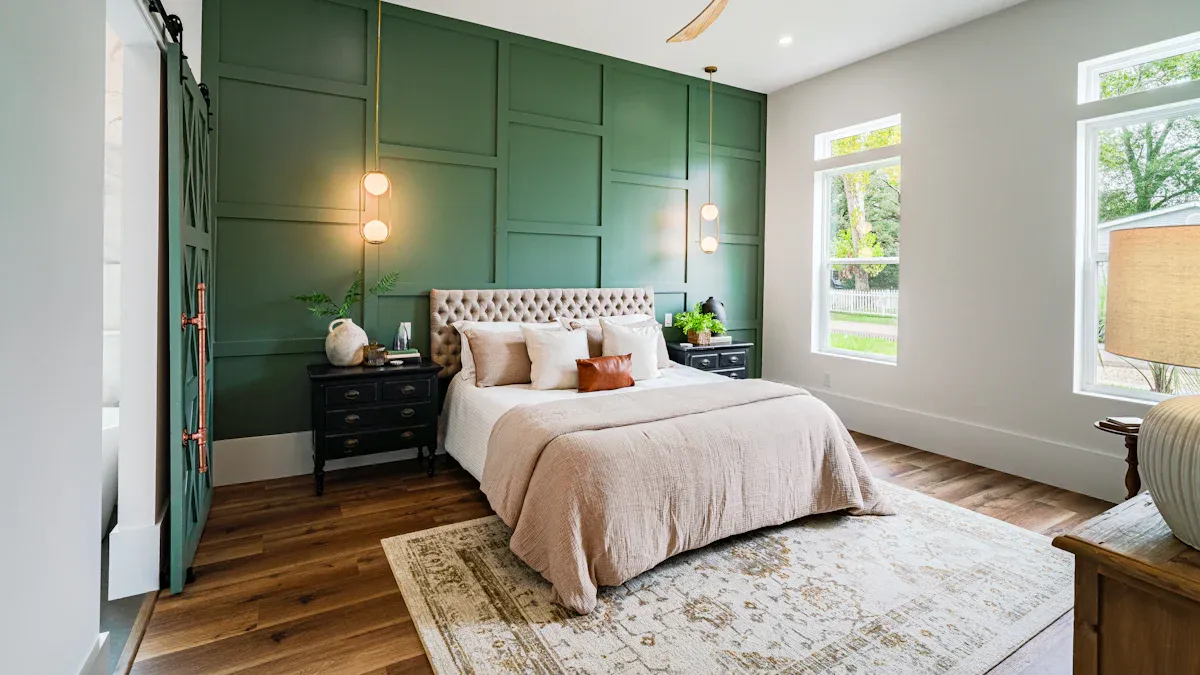
When you start choosing colors for each room, think about how you want to feel and what you want to do in that space. Feng shui colors can help you set the mood, boost energy, and create harmony. Research shows that color choice changes how you feel and behave in a room. For example, red can make you feel excited and energetic, while blue helps you relax and feel calm. The right colors can make you want to spend more time in a space and even improve your mood.
Living Room Colors
Your living room is where you gather with family and friends. You want this space to feel welcoming and lively. Feng shui colors for living rooms include:
Red: Adds energy and excitement. Use it in small amounts to boost social confidence.
Orange: Encourages conversation and connection. Great for making guests feel at home.
Yellow: Brings warmth and positivity. Helps everyone relax and feel happy.
Green: Supports healing and growth. Makes the room feel fresh and peaceful.
Blue: Creates a calm and serene atmosphere. Good for relaxation.
Purple: Adds luxury and comfort. Connects to abundance and prosperity.
Brown: Grounds the space and brings comfort.
White: Enhances creativity and clarity. Keeps the room balanced.
Pink: Fosters love and nurturing energy.
Tip: Mix these feng shui colors for balance. Too much red can make the room feel restless. Too much white can feel cold and empty. Black is best avoided because it can make the space feel heavy and unwelcoming. Use these colours in moderation for the best results.
Bedroom Colors
Your bedroom should help you rest and recharge. Feng shui colors for bedrooms focus on calm and comfort. (Explore specific color recommendations for bedrooms to enhance relaxation and sleep quality, see relevant article: How to Choose the Best Feng Shui Colors for Your Bedroom in 2025 )Try soft blues, gentle greens, and warm earth tones like beige or light brown. These colors help you relax and sleep well.
Avoid bright red, strong yellow, and dark shades like black. Red can make you feel restless and angry. Bright yellow is too stimulating and keeps you awake. Black creates a sad, heavy feeling that can hurt your sleep and mood.
Note: Choosing colors like soft green or blue can make your bedroom a peaceful retreat. Earthy tones add warmth and help you feel safe.
Kitchen Colors
The kitchen is the heart of your home. You want it to feel nourishing and harmonious. Feng shui colors for kitchens include:
White: Promotes clarity and focus. Balances the fire energy from cooking.
Cream and pastel shades: Bring warmth and calm. Make the kitchen feel cozy.
Green: Supports family harmony and nourishment. Balances fire and water energies.
Avoid black, dark blue, and too much red or orange. Black can make the kitchen feel cold and small. Too much red or orange can overstimulate appetite and create imbalance. Loud neon or fluorescent colors disrupt peace and make the space feel chaotic.
Tip: Use classic whites, yellows, browns, and beiges for a healthy, happy kitchen. Add green plants for fresh energy.
Bathroom Colors
Bathrooms are for cleansing and renewal. Feng shui colors for bathrooms should create a calm and balanced atmosphere. Use earthy neutrals like beige, sandy tones, and light brown. Soft blues and greens help you feel refreshed and relaxed.
Stay away from dark colors like black or deep blue. These can overwhelm the water element and make the bathroom feel heavy. Too much red disrupts the energy balance and makes the space feel tense.
Note: Earthy art and botanical images work well in bathrooms. They support the cleansing energy and keep the space grounded.
Home Office Colors
Your home office needs to support focus and productivity. Feng shui colors for offices include green, blue, white, yellow, and touches of red. Here’s a quick guide:
Color |
Feng Shui Element |
Effect on Focus/Productivity |
Best For |
Usage Tips |
|---|---|---|---|---|
Green |
Wood |
Boosts creativity, growth |
Creative work |
Use plants or green accents |
Blue |
Water |
Brings calm, clarity |
Analytical tasks |
Light blue for calm, navy for professionalism |
White |
Metal |
Enhances organization |
Detail work |
Pair with wood textures |
Yellow |
Earth |
Adds optimism, energy |
Teamwork |
Use soft yellow accents |
Red |
Fire |
Sparks motivation |
Leadership |
Use as accent only |
Avoid using purple paint on office walls. Purple is a high-vibration color and can cause imbalance or overstimulation. Use it only in small amounts or for meditation spaces.
Tip: Layer feng shui colors for harmony. Use accents and accessories to add energy without overwhelming the space.
Why Choosing Colors Matters
Studies show that feng shui colors change how you feel and act in each room. Red makes you feel more alert and energetic. Blue helps you relax and enjoy your space. Saturation and brightness also matter. Bright colors can make you feel more awake, while softer shades help you unwind. The right color choices can make your home feel more luxurious, welcoming, and balanced.
When choosing colors, think about the function of each room. Use favorable colors to support your goals and create the atmosphere you want. Avoid colors that disrupt energy or make you feel uncomfortable. Feng shui colors help you shape your home’s mood and energy, making every room work for you.
Balancing Feng Shui Colors
Mixing Colors
You want your home to feel balanced and full of good Qi. Mixing feng shui colors is a smart way to do this. Start with a color palette that includes natural tones and colors from all five elements. This helps you keep harmony in every room. Try not to fill a space with just one color. Blend soft shades and use both light and dark tones. Light colors like yellow, orange, green, and white bring yang energy. Darker shades add yin energy. (Discover how mixing colors can create a harmonious living environment, see relevant article: How Feng Shui Colors Can Enhance Your Living Space) You can also mix colors with natural materials like wood, stone, or metal. Adding plants or water features keeps the energy fresh and flowing.
Tip: If you feel a room is too bright or too dark, add a touch of the opposite tone. This keeps the yin and yang in balance.
Use a mix of earth, wood, fire, metal, and water colors.
Combine light and dark shades for harmony.
Pair colors with natural materials.
Add plants or water elements for extra Qi.
Using Accents
Accent colors help you set the mood and intention for each space. You can use red or pink to attract love, yellow for healing, and green for growth and wealth. Start with a neutral base like off-white, cocoa, or coral. Then add accent colors with pillows, throws, or artwork. This way, you boost the energy without making the room feel too busy. The Bagua map can guide you on where to place these accents for the best effect.
Note: Accent colors work best when you use them in small amounts. They can lift, calm, or balance the energy in any room.
Red and pink for romance
Yellow for healing
Green for growth
Neutral base for grounding
Accents in pillows, art, or decor
Avoiding Clashes
Color clashes can mess with the energy in your home. The five elements—wood, fire, earth, metal, and water—each have colors that work well together. Problems happen when you mix colors that fight each other. For example, a green roof (wood) clashes with metal, and a red roof (fire) clashes with water. You can avoid these problems by matching colors with your home's shape and direction. If you notice a clash, add a complementary element to balance things out. Try not to use just one color everywhere, as this can make the energy feel stuck.
Roof Color (Element) |
Primary Clash Element |
|---|---|
Green (Wood) |
Metal |
Red (Fire) |
Water |
Yellow (Earth) |
Wood |
White/Gray (Metal) |
Fire |
Black (Water) |
Earth |
Tip: Choose colors that fit your home's direction and shape. Mix in other elements if you spot a clash. This keeps the energy smooth and positive.
Common Mistakes to Avoid
Overusing One Color
It’s easy to fall in love with a favorite color and want to use it everywhere. But in feng shui, too much of one color can throw off the balance in your home. When you fill a room with only one shade, you might notice the energy feels stuck or even overwhelming. For example:
Too much black absorbs light and makes rooms feel dark or heavy. It can drain your energy and even trigger strong emotions.
Using a lot of red can make people irritable or cause arguments. Red stands for Fire, so it can heat up tempers and relationships.
Soft pink, when overdone, may lead to irritability or even disharmony in relationships.
Bright yellow in large amounts can make a space feel chaotic and restless.
Neon colors disrupt harmony and can make you feel uneasy.
You want to keep black off the ceiling. In feng shui, black above your head can symbolize trouble in the future. Instead, use black in small touches, like on doors or as an accent. Always balance strong colors with lighter ones, such as white or silver, to keep the Qi flowing smoothly.
Ignoring Room Purpose
Every room in your home has a job. If you ignore this, your color choices might not support what you want from the space. Feng shui works best when you match colors to the room’s function. For example:
Blue and black (water element colors) help you focus in a home office or relax in a meditation room.
Green supports growth and harmony, making it great for kitchens or family rooms.
Using the wrong color in the wrong room can make you feel confused, overstimulated, or just uncomfortable.
Feng shui is not just about picking pretty colors. It’s about creating balance and supporting your daily life. When you choose colors that fit the room’s purpose, you help everyone feel better and more at home.
Following Trends Only
Trendy colors might look cool on social media, but they don’t always work for your space or your energy. If you pick colors just because they’re popular, you might miss out on the harmony feng shui can bring. For example, painting your bedroom in a bold red or hot pink might seem stylish, but it can disrupt the Yin energy you need for restful sleep. Using red in the kitchen can also create too much Fire energy, which may lead to health or luck problems.
Tip: Always think about how a color makes you feel and what you want from the room. Trends come and go, but a balanced home supports you every day.
Choosing feng shui colors for your home starts with intention. You match colors to each room’s purpose and use the Bagua map for balance. When you pick colors like green for calm or red for energy, you shape the mood and Qi of your space. Try mixing your favorite shades with feng shui guidelines. You can use accent colors or adjust lighting to fit your style. Experiment with small changes and see how your home feels brighter and more welcoming. Remember, your personal taste matters as much as harmony.
FAQ
What if I don’t like the recommended feng shui colors?
You can always mix in your favorite shades. Feng shui works best when you feel comfortable and happy in your space. Try adding small accents or decor in colors you love.
How often should I update my feng shui colors?
You don’t need to change colors every year. Update them when your goals or life changes. If a room feels off, try a new accent or swap out decor for a fresh vibe.
Can I use black in feng shui?
Yes, you can use black, but keep it in small amounts. Black brings depth and supports the water element. Too much black can make a room feel heavy. Try using it for accents or details.
Do I need to follow the Bagua map exactly?
No, you don’t have to follow it perfectly. Use the Bagua map as a guide. Focus on the areas that matter most to you. Trust your instincts and adjust as needed.
What if my favorite color clashes with feng shui rules?
Don’t worry! You can still use your favorite color. Balance it with other elements or use it as an accent. Feng shui is about harmony, not strict rules.
See Also
3 Feng Shui Mapping Tips for Bagua Map Success in 2025
How to Choose the Best Feng Shui Colors for Your Bedroom in 2025



